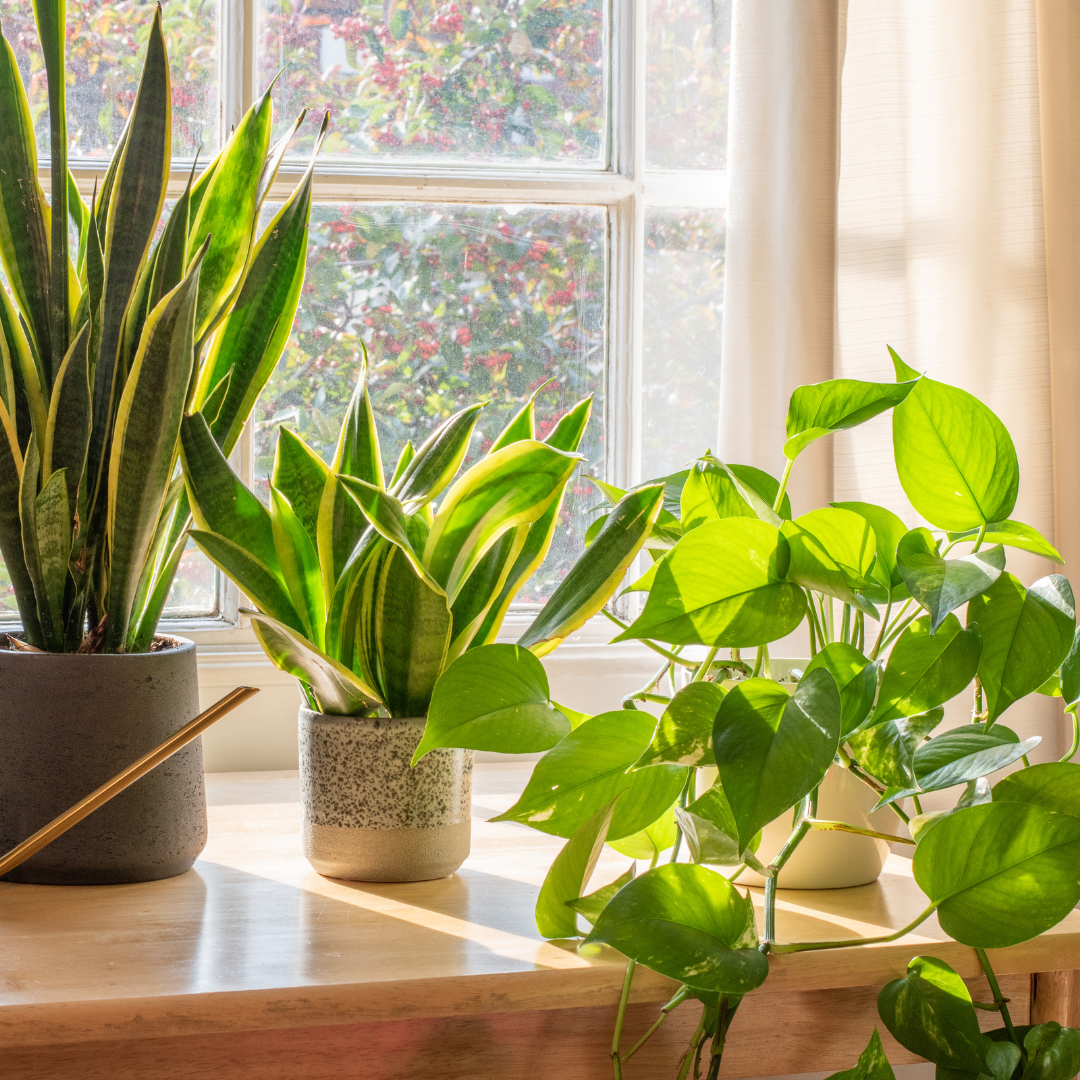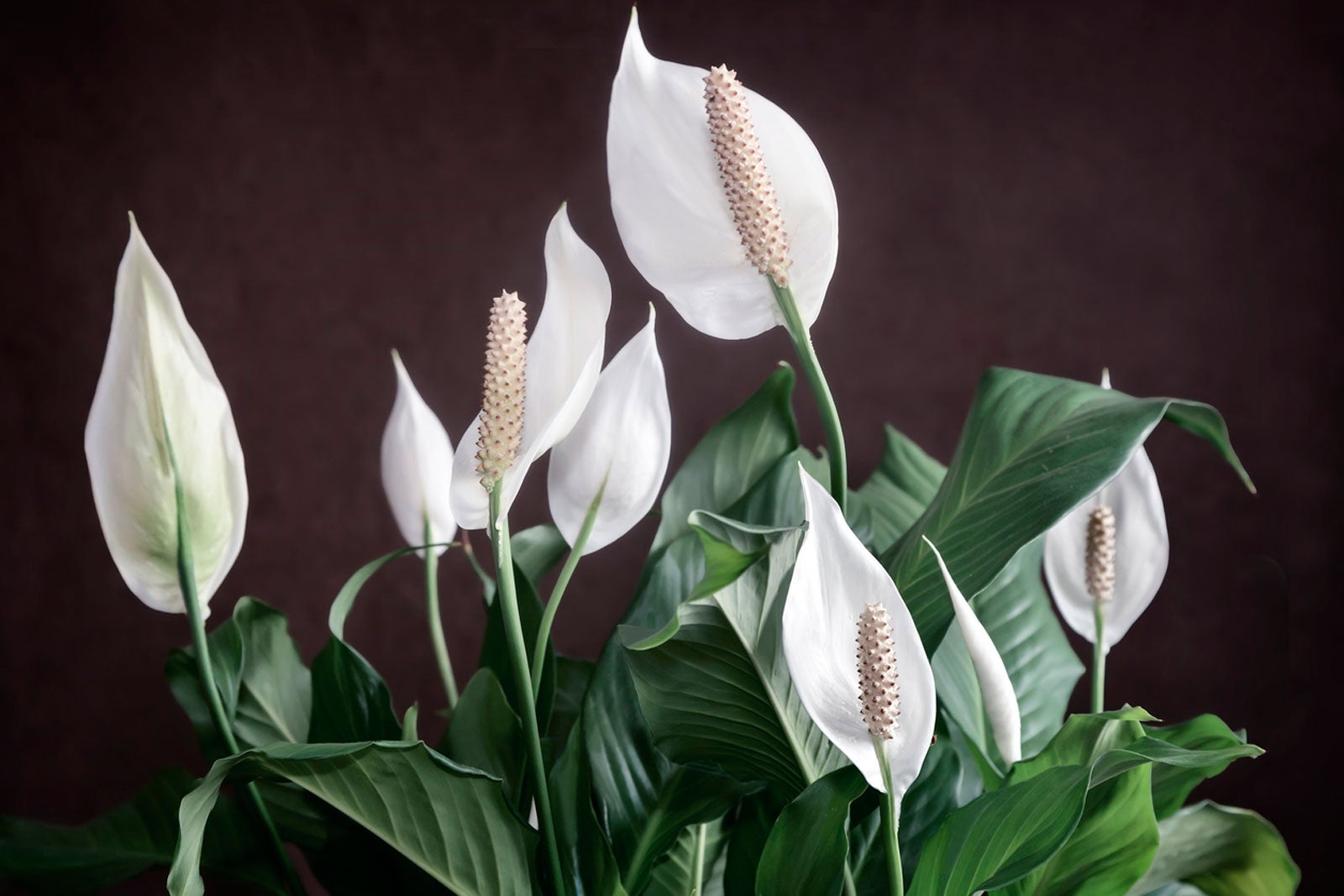A Guide to the Best Low-Light Indoor Plants for Small Spaces
A Guide to the Best Low-Light Indoor Plants for Small Spaces
Blog Article
Transform Your Home With Beautiful Low-Light Indoor Plants and Their Benefits
Including low-light indoor plants right into your home can considerably enhance both the aesthetic and environmental top quality of your living rooms. These plants, which flourish in dim conditions, offer not just as attractive components yet additionally as all-natural air cleansers, making them excellent for city occupants or those with restricted sunlight exposure. As we explore the various kinds of low-light plants and their advantages, you might discover unusual methods to incorporate them into your home that can transform your environments in means you could not have actually prepared for.
Benefits of Low-Light Plants
Low-light plants offer numerous advantages for interior settings, making them an outstanding option for both amateur and skilled gardeners. One of the key benefits is their adaptability to low-light problems, enabling people to improve their home without the demand for considerable sunlight direct exposure. This characteristic makes them perfect for apartments, workplaces, and other areas with limited natural light.

Additionally, integrating low-light plants right into home décor can raise the aesthetic charm of an area. Their rich foliage and varied textures create a calming atmosphere, contributing to general wellness. Last but not least, the visibility of plant has been connected to decreased tension levels and enhanced productivity, making low-light plants a practical selection for boosting both psychological and physical health in indoor setups.
Top Low-Light Indoor Plants
While many interior plants grow in brilliant light, numerous species are especially fit for low-light conditions, making them optimal for numerous indoor areas. One preferred selection is the Snake Plant (Sansevieria), understood for its striking upright fallen leaves and strength, requiring very little treatment. An additional excellent choice is the Pothos (Epipremnum aureum), which includes heart-shaped fallen leaves and can trail wonderfully from wall mounts or racks, thriving in low light and adding a rich touch.
The ZZ Plant (Zamioculcas zamiifolia) is commemorated for its shiny fallen leaves and capacity to withstand overlook, making it best for active way of lives. Likewise, the Tranquility Lily (Spathiphyllum) not just endures low light but likewise creates spectacular white flowers, improving any type of space's visual.
For a special touch, consider the Cast Iron Plant (Aspidistra elatior), which indeed measures up to its name, flourishing in the darkest corners of your home. Last but not least, the Chinese Evergreen (Aglaonema) supplies a range of leaf patterns and colors while being exceptionally flexible in low-light problems. These plants not only beautify interior atmospheres but additionally add to air purification, boosting your home.
Care Tips for Low-Light Plants

Watering methods are important; these plants often like slightly completely dry problems. Overwatering can result in root rot, so make certain that the top inch of dirt is completely dry before sprinkling once more. Use pots with water drainage openings to allow excess dampness to escape.
Humidity is one more important element. Several low-light plants, such as ferns and peace lilies, take advantage of greater moisture levels. To enhance moisture, take into consideration misting the leaves or putting a tray of water near the plants.
Fertilizing needs to be approached with caution. Throughout the expanding period, use a watered down, well balanced fluid plant food every month to support growth, however stay clear of feeding throughout the dormant cold weather.

Imaginative Ways to Display Plants
Indoor plants can work as captivating focal points in any type of space, improving both aesthetic charm and atmosphere. Innovative screens can raise the visual effect of low-light plants, making them an essential part of your home design. One effective method is to utilize tiered plant stands, which allow you to showcase multiple plants at differing elevations while maximizing floor room.
Hanging planters are an additional ingenious choice, creating a sense of deepness and drawing the eye upward. Consider macramé wall mounts or wall-mounted racks to introduce an unique appearance and design.
For a much more structured strategy, usage geometric terrariums or glass containers to house your plants, adding a modern touch to your interior garden. You can also repurpose classic products, such as teacups or wood dog crates, for an eclectic display that mirrors your character.
Enhancing Home Ambiance With Plants
Incorporating low-light plants into your home not just improves aesthetic charm but additionally contributes significantly to the total ambiance. These plants work as natural style aspects, introducing a feeling of internet tranquility that can change any area. The existence of plant promotes a calming environment, which is particularly helpful in high-stress environments such as home workplaces or living spaces.
Low-light plants, such as serpent plants, pothos, and ZZ plants, are not just visually pleasing yet also enhance indoor air high quality by filtering system pollutants. This double feature improves the setting additionally, producing a healthier home (Best low-light indoor plants). The critical placement of these plants can likewise affect the perception of area; as an example, high plants can draw the eye upward, making ceilings appear greater and areas much more sizable
Furthermore, varying appearances and shades of foliage add deepness to interior decoration, enabling creative expression in home designing. Whether positioned on shelves, in edges, or as centerpieces, low-light plants can elevate the state of mind of any type of area. In summary, integrating these plants right into your home is a reliable means to promote a warm, inviting Discover More Here environment while profiting of boosted air top quality and visual versatility.
Conclusion
Incorporating low-light indoor plants into home environments offers various benefits, including enhanced visual allure and boosted air top quality. These durable plants, such as the Serpent Plant and Peace Lily, require minimal light and upkeep, making them ideal for varied way of lives. Their capability to filter contaminants adds to a healthier space, while their diverse structures and colors enrich indoor decoration (Best low-light indoor plants). Eventually, the inclusion of low-light plants fosters a calm and welcoming atmosphere, transforming any kind of home right into a peaceful oasis.
While many interior plants flourish in intense light, a number of species are specifically appropriate for low-light problems, making them ideal for numerous indoor spaces. One efficient method is to make use of tiered plant stands, which enable you to display several plants at varying elevations while taking full advantage article source of flooring area.
Low-light plants, such as serpent plants, pothos, and ZZ plants, are not just aesthetically pleasing yet also enhance indoor air quality by filtering system pollutants. Best low-light indoor plants. The strategic placement of these plants can also affect the assumption of area; for circumstances, tall plants can attract the eye upwards, making ceilings show up higher and spaces a lot more spacious
These resilient plants, such as the Snake Plant and Tranquility Lily, call for minimal light and maintenance, making them appropriate for varied way of livings.
Report this page